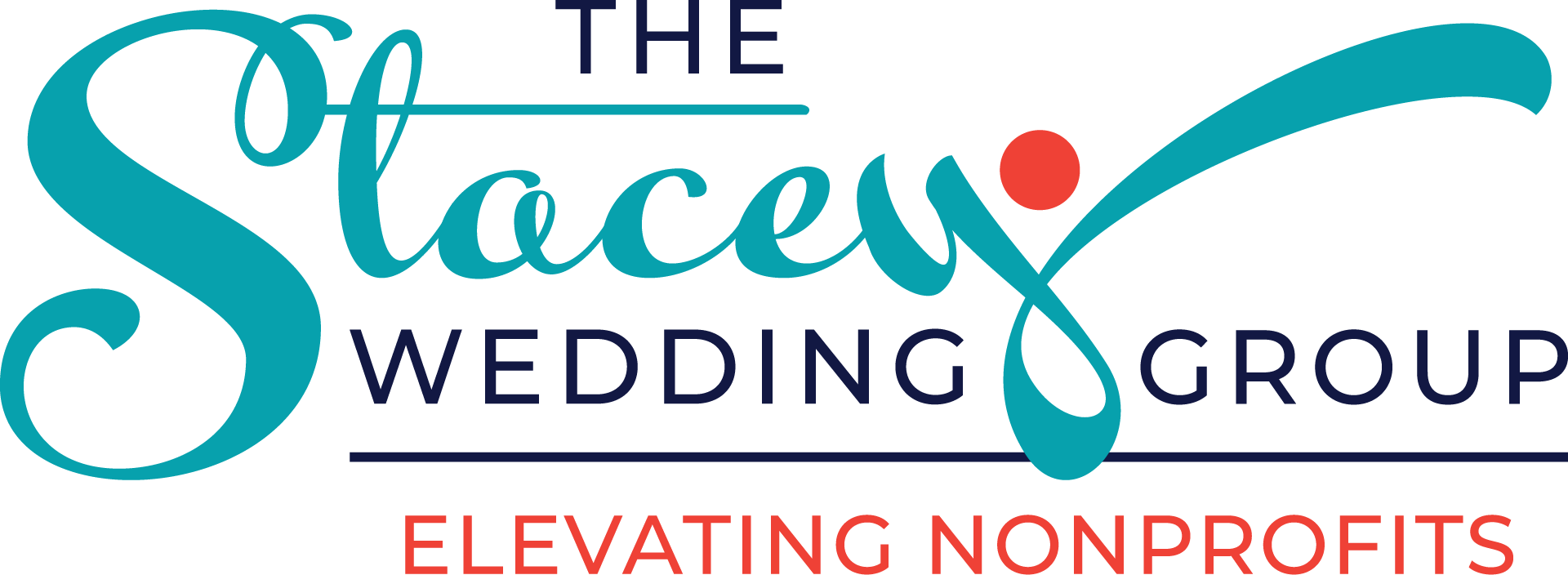My emotions these past couple of weeks have been all over the map, as I’m sure yours have been, too. Frustration. Anger. Self-doubt. Shame. And an occasional ray of hope.
I’ve processed the events and the emotions with close friends and family. I’m still processing and probably will be for quite some time. As painful as it’s been, I don’t want to stop. I want to be on the right side of history. Black Lives Matter. They have always mattered and they continue to matter. We have a systemic problem in our society, and I am committed to be a part of the change.
 When thinking about how the issues of diversity and inclusion relate to philanthropy, there is clearly more work to be done. Racially and ethnically diverse people are largely underrepresented in leadership and decision making positions. According to numerous studies, over the last fifteen years the share of people of color in nonprofit chief executive positions has remained flat at under 20 percent. A majority of nonprofit and foundation boards and staffs are led by White people, yet the large majority of those being served by these same organizations are Black or Brown. Decades ago, Martin Luther King Jr. warned philanthropists not to “overlook the circumstances of economic injustice which make philanthropy necessary.” Those very social and racial injustices can be seen in housing, education, wages, civic engagement, immigration, hunger, poverty, culture, just to name a handful.
When thinking about how the issues of diversity and inclusion relate to philanthropy, there is clearly more work to be done. Racially and ethnically diverse people are largely underrepresented in leadership and decision making positions. According to numerous studies, over the last fifteen years the share of people of color in nonprofit chief executive positions has remained flat at under 20 percent. A majority of nonprofit and foundation boards and staffs are led by White people, yet the large majority of those being served by these same organizations are Black or Brown. Decades ago, Martin Luther King Jr. warned philanthropists not to “overlook the circumstances of economic injustice which make philanthropy necessary.” Those very social and racial injustices can be seen in housing, education, wages, civic engagement, immigration, hunger, poverty, culture, just to name a handful.
Systemic racism and oppression don’t get solved overnight, but there are steps we can take to start prioritizing our work in the sector to be more just, fair and equitable. Education is one step. Until we start asking questions, listening without judgment, reading and watching with an open mind and an open heart, and approaching all of this from a place of humility, nothing will change.
Here are a handful of resources to get you and your organizations started in having these conversations:
- Building Movement Project – The Building Movement Project has advanced the potential for nonprofits to have an impact in building movements for progressive social change. Visit their site for a variety of information on racial leadership gaps in the nonprofit and philanthropy sectors as well as how to change this disturbing pattern.
- Nonprofit AF – Known for his no-BS approach, irreverent sense of humor, and love of unicorns, Vu Lee has written hundreds of blog posts on topics of interest to the nonprofit sector. This blog post, Why more and more executive directors of color are leaving their positions, and what we need to do about it is just one of the many that will make you think. And don’t miss his most recent one either, Have nonprofit and philanthropy become the “white moderate” that Dr. King warned us about?
- Leading toward a Transformed Future in a Disrupted Present – This resource provides steps that m organizational leaders can take in securing a different future in a time of uncertainty and unrest.
- BoardSource – Check out this article addressing a growing trend, declining diversity of Nonprofit Boards.
- Nonprofit Quarterly blog post, Dear Philanthropy: These Are the Fires of Anti-Black Racism
- A New Age in America: Donors and Diverse Philanthropy
- Diversity, Inclusion, and Equity Policy Template
In closing, I’d like to share a simple but powerful blog post by best-selling author and marketing expert Seth Godin,
Hearing happens when we’re able to recognize a sound.
Listening happens when we put in the effort to understand what it means.
It not only requires focus, but it also requires a commitment to encountering the experience, intent and emotion behind the words. And that commitment can be scary. Because if we’re exposed to that emotion and those ideas, we discover things we might be avoiding.
— Written by PiP’s CEO/Chief Strategist, Stacey Wedding
